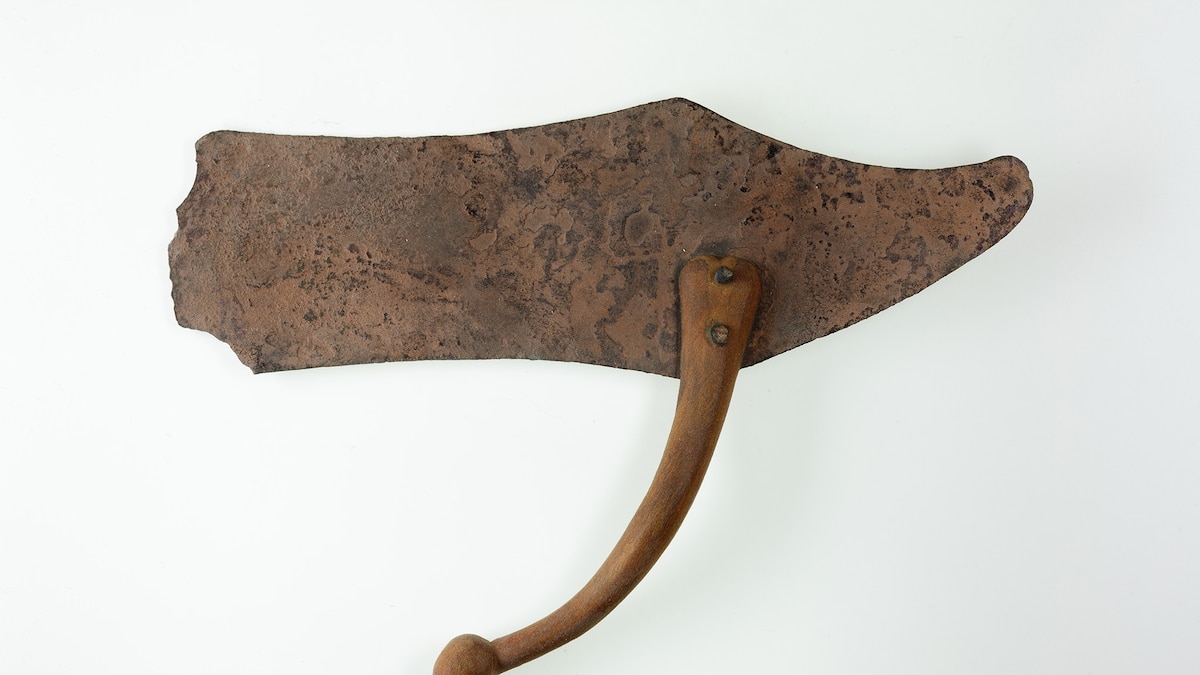More than 2,000 years ago, as Alexander the Great’s troops prepared for a pivotal battle over Asia, the famous Macedonian commander learned that his troops were outnumbered by at least five to one. To help assuage some of his force’s anxiety, Alexander issued an unusual order—his troops needed to shave. Why? It was too easy, he said, for their foes to grab Macedonian beards.
The move, coupled with Alexander’s surprising success on the battlefield, fueled a trend in beardlessness among Greek and Roman men that endured for the next 400 years, according to historian Christopher Oldstone-Moore, who wrote the 2015 book Of Beards and Men: the Revealing History of Facial Hair.
Alexander’s wartime decision was really a turning point for facial hair, says Oldstone-Moore, who is himself currently clean-shaven. “The history of men is literally written on their faces,” he writes in his book. Indeed, long before modern movements like No-Shave November or Movember were founded to raise awareness for cancer research and other causes, trends in men’s facial hair have waxed and waned alongside the societal significance of being clean-shaven, whiskered, or mustachioed. Men’s personal grooming, according to historical books and peer-reviewed studies, extends across art, politics, and even into the court room. Much of that work to date focuses on European and American trends, though beard choices have long been meaningful to communities and religions around the world, signaling, among other things, religious piety for Muslims and Jews.
Shaving facial hair dates as far back as the Sumerians and Egyptians, who used razors made of copper or bronze. Generally, however, most men in ancient times favored beards and it was considered arduous and sometimes also unsafe to shave. Still, for most men it wasn’t about being “too lazy to shave,” either then or now, says Oldstone-Moore, an emeritus lecturer at Wright State University, in Ohio. “Fashionable men would still have to go to barbers and have their beards cared for properly, and they’d have oils and combs and that sort of thing.”
The regal power of facial hair
Facial hair has often been equated with masculinity and related patriarchal power, but that hirsute power is sometimes transferrable: Notably, Pharaoh Hatshepsut (ca 1508– 1458 B.C.) donned an artificial beard when she ruled Egypt for more than two decades. Egyptian kings had previously fashioned themselves in stylized ways, with wigs and crowns and artificial decorative beards, Oldstone-Moore notes, so Hatshepsut’s beard was aligned with her predecessors’ sartorial customs.
Beards were later of such import that Shakespeare explicitly mentions them in all but four of his plays, notes historian Will Fisher in the journal Renaissance Quarterly in 2001. Moreover, he writes, analysis of a collection of about 300 portraits of European men from the 1500s and 1600s indicates that for every portrait of a man without a beard, there were about 10 portraits of men with beards. Styles of the time included the thin, angular “stiletto,” a fuller “square cut,” and even a double-tufted “swallowtail.”
Can facial hair make you sick?
Ideas about the significance of men’s beards have made it into medical books. Growth of facial hair, Renaissance physicians wrote, was explicitly tied to the production of semen, an idea presaged by classical Greek scientists who theorized that men have “vital heat” which explains their size, strength, and hairiness. According to this false theory, both sexes produce this vital heat, which then gives rise to semen, yet women’s bodies aren’t equipped to handle significant amounts of it.
By this way of thinking, Oldstone-Moore writes, only a man’s body could survive growing a beard. In classical Greece, people believed if a post-menopausal woman grew some facial hair, sickened, and eventually died, she simply had an unnatural buildup of semen, and facial hair was a symptom of that underlying issue.
Adding another layer to that theory, German abbess Hildegard of Bingen, around the year 1160, offered that the reason facial hair occurred exclusively around the mouth—rather than, say, on the forehead—was because of men’s hot breath. Women, according to Hildegard’s writings, wouldn’t have breath that was as hot as a man’s because men were formed from the “earth,” whereas females were formed from men, she then explained, tying her thinking back to creation ideology.
By the 1700s, when shaving once again became de rigeur and it was considered respectable and gentlemanly to shave, the phrase “clean-shaven” took hold. In the nineteenth century, Louis Pasteur’s germ theory also further shored up medical support for shaving: Facial hair, doctors warned, was a microbe haven. Indeed, one French scientist noted in a 1907 experiment that the lips of a woman kissed by a mustached man were “polluted with tuberculosis and diphtheria bacteria, as well as food particles and a hair from a spider’s leg.” A study in the Lancet around that same time also concluded that shaven men were less likely to develop colds. The work argued that soap could be more effective on a hairless face, according to Oldstone-Moore. (Really, a well-kept beard isn’t particularly dirty.)
Workplace norms and controversies
Workplaces in the early 1900s and onward also regulated facial hair and instituted requirements for its male workforce to shave as a key sign of professionalism and cleanliness. Relatedly, in 1904, King C. Gillette patented his safety razor in the U.S. and by 1937, Oldstone-Moore writes, shaving cream and related accessories had estimated sales of $80 million in the U.S. alone. (Related: See these world beard and mustache champion photos.)
Facial hair controversies also rose to the highest court in the land: A U.S. Supreme Court case in 1976, Kelley v. Johnson, even upheld an employers’ authority to dictate grooming standards for their employees. In that case, policemen of Suffolk County, New York, had taken issue with workplace standards that barred them from growing hair below their collars or facial hair except for a neatly trimmed mustache that didn’t extend onto the lip. The county successfully argued that these grooming regulations made police recognizable to the public and contributed to the cohesiveness of the force. In the years that followed, that case precedent was further applied to school employees and other workers across the country.
More than a dozen years after the Supreme Court ruling, in 1992, Massachusetts police officers pushed back against a statewide ban on facial hair among its officers. They, too, lost.
In more recent years, however, despite those standing court rulings, western facial hair norms have shifted, and employers have largely pulled back from stringent regulations, at least informally.
“Beards or facial hair of some sort often come back when gender or masculinity are being somehow debated,” says Alun Withey, a historian at the U.K.’s University of Exeter and author of the 2021 book Concerning Beards: Facial Hair, Health and Practice in Britain, 1650-1900. “Today there are multiple debates and challenges surrounding concepts of gender and the body, so perhaps the recent beard trends in part reflect this,” he says.
With increased facial freedom, a variety of personal grooming choices have now taken hold. But purveyors of men’s shaving and personal grooming equipment are not hurting—market analysis from June 2022 indicates that instead of razors, men are now instead investing more in electric trimmers.







